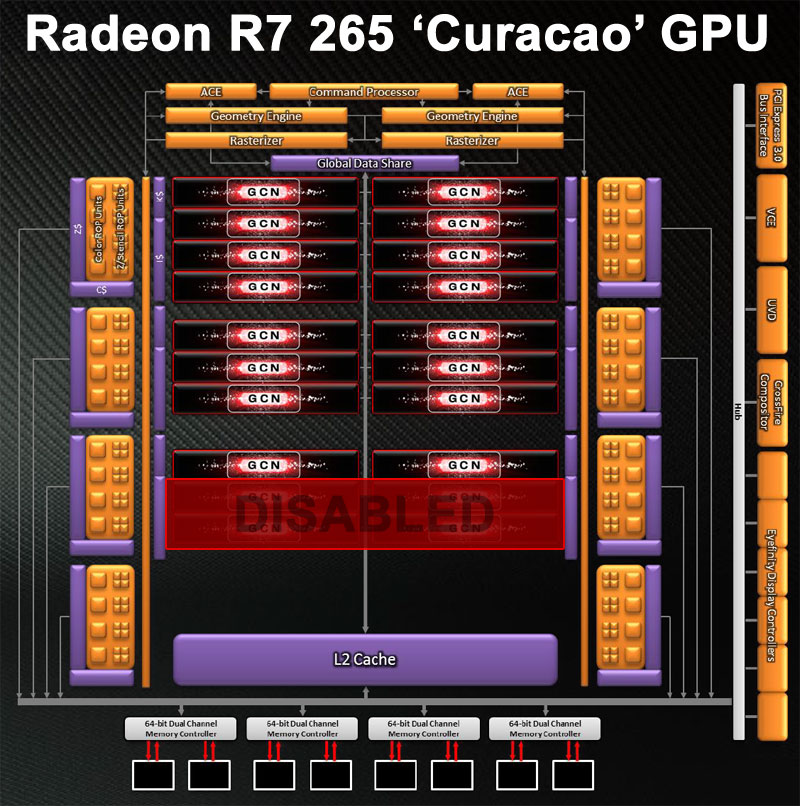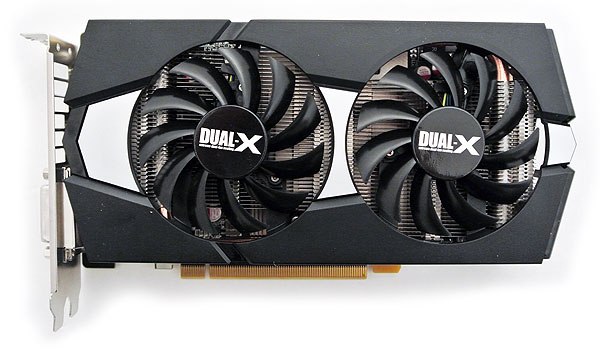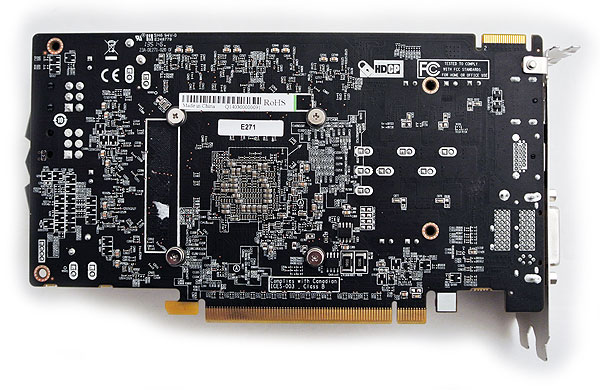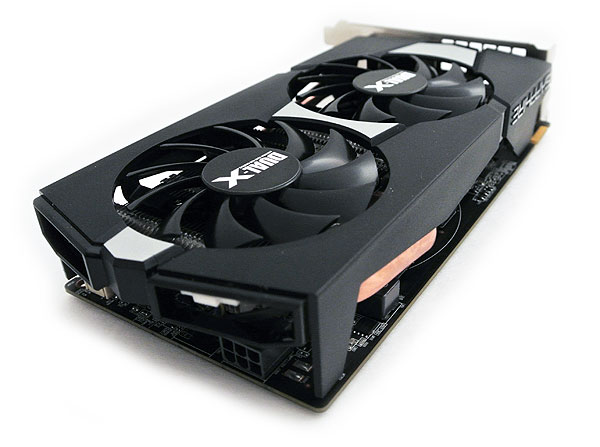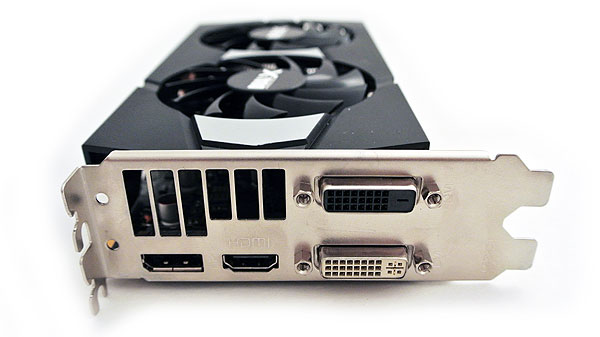AMD Radeon R7 265 Review: Curaçao Slides In At $150
With pricing all over the map, AMD wants to plug the gap between its Radeon R7 260X and R9 270. To that end, it's introducing a Curaçao-based Radeon R7 265 with better-than-Radeon HD 7850 performance at $150. Will that be enough to stave off Maxwell?
Radeon R7 265: Pitcairn's Second Lease On Life
We published Radeon R7 250X Review: Reprising Radeon HD 7770 At $100 just a few days ago, and that story's title is pretty self-explanatory. In essence, AMD re-named an existing product and dropped its price a few dollars to renew interest. Unfortunately, we're still waiting for the Radeon R7 250X to become available.
Over the course of the last several months, AMD applied this treatment to its entire GPU portfolio to turn the Radeon HD 7000 family into Radeon R7s and R9s, often with higher clock rates than the cards they replaced. Today, AMD continues that trend by announcing its Radeon R7 265, which company representatives say won't be available until the end of February.
The Radeon R7 265 is the first card in AMD's re-branded line-up ending in a "5". Until now, everything else was a "0" or an "X": Radeon R7 240, 250, 250X, 260, 260X, and so on. That might seem like simple trivia, but I think there's a bit of a story there. You see, the Radeon R7 260X is typically found in the $140 range. The next model up, R9 270, was introduced at $180 back in November of last year. A $40 delta doesn't seem wide enough to justify another product, though. In fact, the 270 was actually a good deal.
But then, last month, the Radeon R9 270 jumped to $230, rising alongside the prices of several other AMD cards.
If that wasn't enough reason to introduce a new board, AMD must have been listening to the rumors about Nvidia's upcoming Maxwell architecture and an unconfirmed card called GeForce GTX 750 Ti. Connect the dots, and it makes more sense why AMD wanted something between its Radeon R7 260X and Radeon R9 270.
Back to the Radeon R7 265.
When AMD introduced its Radeon R9 270, based on the Curaçao GPU (formerly named Pitcairn), all of the chip's 1280 shaders remained active, just as we came to expect from the Radeon HD 7870. Consequently, we didn't think that a cut-down version resembling the Radeon HD 7850 was happening. Necessity is the mother of invention though, and sure enough, the Radeon R7 265 sports the Radeon HD 7850's same configuration. Four of Curaçao/Pitcairn's Compute Units are disabled, leaving 16. All told, 1024 shaders and 64 texture units remain.
Get Tom's Hardware's best news and in-depth reviews, straight to your inbox.
The GPU’s back-end is made up of eight render partitions able to process 32 pixels per cycle. Four dual-channel 64-bit memory controllers yield an aggregate 256-bit interface. For those of you who know your specs, those figures are identical to the Radeon R9 270 and 270X. If you don't, the table below should help with that. And because the R7 265's GDDR5 memory runs at the same frequency, peak memory bandwidth is shared across all three cards.
| Header Cell - Column 0 | Radeon R7 260X | Radeon HD 7850 | Radeon R7 265 | Radeon R9 270 |
|---|---|---|---|---|
| Shader Cores | 896 | 1024 | 1024 | 1280 |
| Texture Units | 56 | 64 | 64 | 80 |
| ROPs | 16 | 32 | 32 | 32 |
| Fabrication process | 28 nm | 28 nm | 28 nm | 28 nm |
| Core Clock | 1100 MHz | 860 MHz | Up to 925 MHz | 925 MHz |
| Memory Clock | 1625 MHz GDDR5 | 1200 MHz GDDR5 | 1400 MHz GDDR5 | 1400 MHz GDDR5 |
| Memory Bus | 128-bit | 256-bit | 256-bit | 256-bit |
| Memory Bandwidth | 104.0 GB/s | 153.6 GB/s | 179.2 GB/s | 179.2 GB/s |
| Idle/Max Thermal Design Power | 115 W | 130 W | 150 W | 150 W |
| Power Connectors: | 1 x 6-pin | 1 x 6-pin | 1 x 6-pin | 1 x 6-pin |
| Typical Price | $130 (Newegg) | EOL | $150 | $230 (Newegg) |
With all of that said, you can see AMD's Radeon R7 265 is an overclocked Radeon HD 7850 that employs a 900 MHz base clock rate, a 925 MHz PowerTune with Boost accelerated state, and a 1400 MHz memory frequency.
Rated for up to 1.89 TFLOPS of FP32 compute performance at its peak clock rate, the Radeon R7 265 falls a bit shy of the R7 260X, which hosts fewer active shaders, but runs at a more aggressive 1.1 GHz GPU frequency. Where the 260X compromises performance is on the back-end, which features half as many ROP partitions and a 128-bit memory bus. In shader-limited situations, the 260X should hang tight. But as you increase resolution and enable anti-aliasing, the 265's bandwidth should prove more valuable.
Did you notice that AMD prefaces the R7 265's clock rate with an "up to"? This really bit the company on the butt with its first batch of R9 290X and 290 boards sporting reference coolers. Claims of 1000 and 947 MHz, respectively, turned out to be much lower when the Hawaii-based cards got hot. However, the R7 265 we're testing is provided by Sapphire and includes the company's Dual-X thermal solution. It doesn't throttle back, even after running FurMark's stability test for just under an hour. We're not sure this will be the case for all Radeon R7 265s. However, we've managed to overclock the Curaçao/Pitcairn GPU higher without stability issues, so 925 MHz seems reasonable.
Because the GPU is a first-gen implementation of Graphics Core Next, the Radeon R7 265 doesn't offer any of the features introduced alongside AMD's R7 260X and R9 290/290X cards (like TrueAudio). In fact, if you'd like a refresher on the Curaçao/Pitcairn GPU's capabilities, check out AMD Radeon HD 7870 And 7850 Review: Pitcairn Gets Benchmarked.
The Sapphire Radeon R7 265
Up front, Sapphire's Radeon R7 265 bears the company's Dual-X cooler with a black-on-gray theme. The PCB is 7.75" x 4.5", similar to the company's Radeon HD 7790.
The Curaçao/Pitcairn GPU is set to AMD's reference 925 MHz peak clock rate, while 2 GB of on-board GDDR5 operates at 1400 MHz.
The aluminum heat sink features two copper pipes and is cooled by a pair of 73 mm low-profile fans. A 150 W TDP is satisfied by a single six-pin auxiliary power connector, though that doesn't leave much headroom for overclocking.
There's also a single CrossFire bridge, implying support for the multi-GPU feature. Again, Pitcairn was one of AMD's first GCN-based processors, so it lacks the XDMA engine that allows the Radeon R9 290 and 290X to run in CrossFire without a bridge connecting the cards.
This particular model comes with dual-link DVI-I, DVI-D, full-sized DisplayPort, and full-sized HDMI outputs.
Current page: Radeon R7 265: Pitcairn's Second Lease On Life
Next Page Test Setup And BenchmarksDon Woligroski was a former senior hardware editor for Tom's Hardware. He has covered a wide range of PC hardware topics, including CPUs, GPUs, system building, and emerging technologies.
-
yankeeDDL I think the pricing issue is a moot point.If There's an Nvidia card at $190, an equally-performing (or slightly slower) car will be sold for $180 making a good profit, not at $150 to kill Nvidia.Card manufacturer won't benefit from Nvidia being pushed out of the market.Reply -
Novuake Compelling card, but sad that a price hike on the 270 had to force it. So seems useless now.Reply -
meluvcookies A 25% increase on the R9 270 was, essentially, a betrayal of consumer trust by AMD. I was totally excited to get in at the $180 price point, but now I'm waiting for Nvidia's offerings in that neighborhood to see if they can offer anything as compelling as the 270 was a couple months ago when it was still at its original price.Reply -
firefoxx04 Wow, If it beats the 7850, I wonder how it stacks up against my overclocked 6850. I have two in crossfire but being limited to 1GB vram can be a hindrance. When I bought my original 6850, it was only $150 and my second was $100. I wonder what AMD has for $250 that could smoke my current setup / aka be a good single card upgrade.Reply -
huilun02 Reply12670915 said:Wow, If it beats the 7850, I wonder how it stacks up against my overclocked 6850. I have two in crossfire but being limited to 1GB vram can be a hindrance. When I bought my original 6850, it was only $150 and my second was $100. I wonder what AMD has for $250 that could smoke my current setup / aka be a good single card upgrade.
http://www.guru3d.com/news_story/amd_radeon_r9_280_in_the_works.html -
TechnoD All these price hikes are really becoming an issue. This card is launching at the same price I paid for my 7950 ~5 months ago.Reply -
jin_mtvt And what does using more than 100W at full load has to do with this card? First we have someone complaining about not having enough " additional power pins " than someone compains about more than 100W usage on a "desktop" GPU. You are lame.Onto the pricing problem, i should not have to remind you that the prices in most of the world ( you know everywhere out of north america ) haven't followed the same trends as here . the 290 never went bozo up to 650$ in Europe ( if you use the exchange rate in position before december when the price was set ) . I would like to read more about who is really "jacking" up the prices . This card needs to be 150$, not 180$ of course , else it would be m00t .Reply
